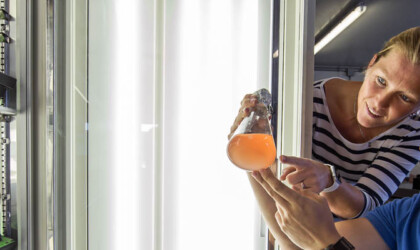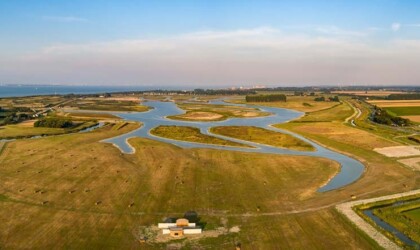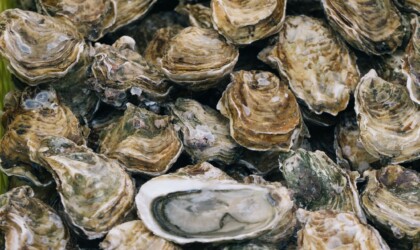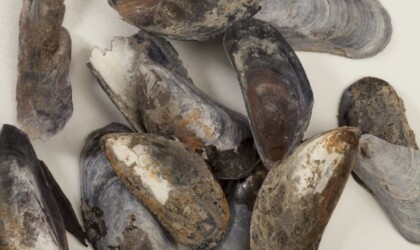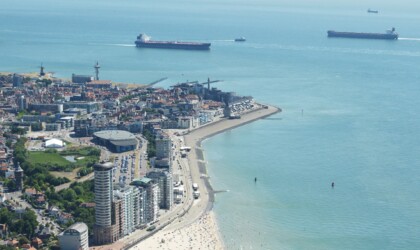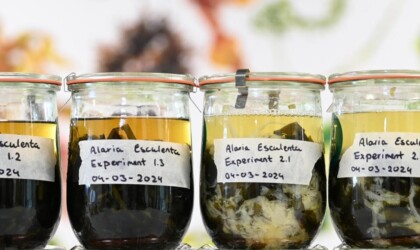Large-scale oyster restoration projects in the United Kingdom and the United States have shown that creating reefs leads to a significant rise in biodiversity, which in turn results in increased catches of commercially valuable species.
In the case of the waters of Zeeland, restoring oyster reefs would be beneficial for various species, such as eel and lobster. These species would directly benefit from the structure provided by a reef habitat, leading to population growth and, consequently, higher catch rates. Furthermore, introducing a large biomass of Ostrea edulis would boost the wild population of flat oysters, potentially increasing local spatfall (larval settlement). This presents opportunities for oyster farmers in Zeeland, where declining spatfall is a common issue.
To enable large-scale reef restoration, Oyster Heaven has developed the Mother Reef. This technology consists of a clay-based substrate pre-seeded with oyster larvae to initiate the regeneration of flat oyster reefs. It represents an entirely new approach in the field of oyster reef restoration, addressing the limitations of current techniques, which are often not scalable and come with high costs.
Ecological and Economic Added Value
A pilot project was launched at the end of 2024. HZ University of Applied Sciences is working together with the nature conservation organisation Oyster Heaven (lead partner), Stichting Zeeschelp, and eel trader Van de Kreeke to measure the ecological and economic benefits of the initial stages of a restorative oyster reef. The project has the following objectives:
- To establish a scaled oyster reef using the Mother Reef substrate in the Veerse Meer.
- To monitor the development of the oyster reef, including survival rates, growth, reproduction, and the attraction of other reef-dwelling species.
- To improve knowledge of oyster predators and other threats, and develop mitigation strategies — addressing issues such as oyster drills, jellyfish, and seaweeds.
- To document (1) ecological changes in the natural environment, such as improved water quality and biodiversity, and (2) the economic value of these changes, such as increased yields of lobster, eel, and flat oysters from aquaculture beds.
The lessons learned from this demonstration project will provide valuable insights for expanding restoration efforts using this approach to other bodies of water in Zeeland, such as the Grevelingenmeer and the Oosterschelde. Restoring flat oyster reefs in these areas would bring significant benefits for both nature and the regional economy — especially fisheries and aquaculture.


